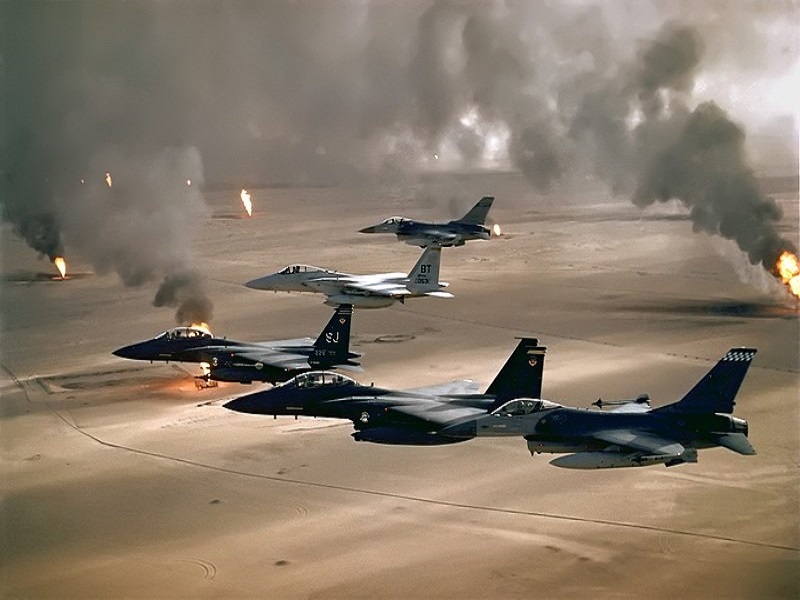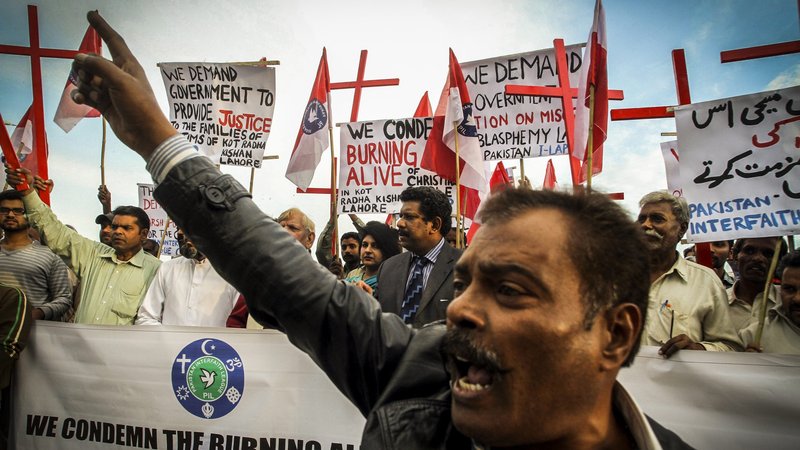The Islamic State of Iraq and Syria – most commonly known as ISIS – is currently the world’s richest terrorist organization. Although it has acquired a considerable amount of money from oil trafficking, ISIS has collected its riches in part through the illicit trade of artefacts. Indeed, this trade in “conflict antiquities”, as the practice has been called, has proven to be a very profitable activity for the organization.
ISIS has established a Ministry of Antiquities, which has implemented its own rules and regulations in order to maximize profit. Through the ministry, it has created a growing network of dealers, excavators, and locals who are given permission to facilitate the looting and smuggling of artefacts in exchange for money.
Professional excavation crews working in areas controlled by the terrorist group have also been intimidated into working under the supervision of ISIS representatives and surrendering antiquities to the organization for fear that unprofessional means of excavation will damage any artefacts that are uncovered. A khums, a tax approved by Sharia law, of at least 20% on all profits generated from the artefacts is imposed on all items sold. Artefacts are then traded through Lebanon and Turkey, eventually ending up in private collections and Western auction houses.
While exact figures are impossible to determine, the United Nations Educational, Scientific and Cultural Organization (UNESCO) has estimated that the revenue generated through conflict antiquities may be worth more than $2.2 billion.
By operating in one of the most historically and culturally rich areas of the world and using the unrest in Syria and Iraq to its advantage, ISIS has infinite resources and opportunities at its disposal to continue trading in conflict antiquities. The implications of this trade, however, extend much further than terrorist funding; the demolition and illicit sale of timeless artefacts is part of a larger iconoclastic campaign aimed at cultural cleansing.
ISIS has taken control of, and caused substantial damage to, five world heritage sites of cultural and religious significance. By exercising forcible control, it has meticulously erased the cultural fingerprint for people living in areas under its influence. Sites that used to signify progress and history now represent dominance, oppression, and persecution. The seizure of these sites is heavily symbolic of the seizure of the human right to culture and religious freedom, making it much easier to expand ISIS’ ideological influence.
Artefact trafficking also serves to reinforce the group’s Sunni fundamentalist ideology. Online propaganda videos show ISIS members allegedly destroying ancient statues and monuments. The organization justifies this act under tenets of Islamic law that forbid idolatry. By doing so, it has established a legal underpinning for the destruction of religious or cultural monuments for political purposes. The presence of statues and monuments that are revered for their cultural and historical significance is seen as a threat to ISIS’ dogma.
As the artefact trafficking business continues to expand, the international community has strongly and consistently condemned the practice and has taken steps toward prevention. In May 2015, the UN General Assembly unanimously passed a resolution seeking to counter all aspects of cultural cleansing.
The collective denunciation of antiquities trafficking signifies a resolve to seriously address the issue. However, the resolution is non-binding, and there is a lot that must be done in order to stop the cash flow resulting from conflict antiquities.
To do this, harmonized efforts would be required to cut off ISIS’ ability to finance itself in this way. The G7 is currently seeking to improve cross-border coordination and gather more information about terrorist financing flows in order to better facilitate asset freezing. On a more local scale, UNESCO has created a program to train regional authorities to work toward the protection of artefacts and cultural heritage sites.
In addition to cutting off the trafficking routes at the source, curbing the demand for antiquities from the Middle East is also essential. According to the Hague Convention of 1954, all signatories are required to protect cultural property in times of armed conflict. The UK, at the heart of the global art market, has refused to ratify this Convention, thereby keeping a substantial share of the demand wide open. Museums, curators, and any other actors that may work with Middle Eastern artefacts must also be more vigilant when determining how the artefacts came into their custody.
While the loss of cultural heritage is devastating, the increasingly complex and methodical means of benefiting from artefact trafficking is a troubling indication that ISIS will grow in wealth and influence. The illicit trade in artefacts as perpetrated by ISIS has contributed to mass humanitarian crises and grave political instability in Iraq and Syria, and the ramifications of this cultural cleansing will last much longer than either of those conflicts.




